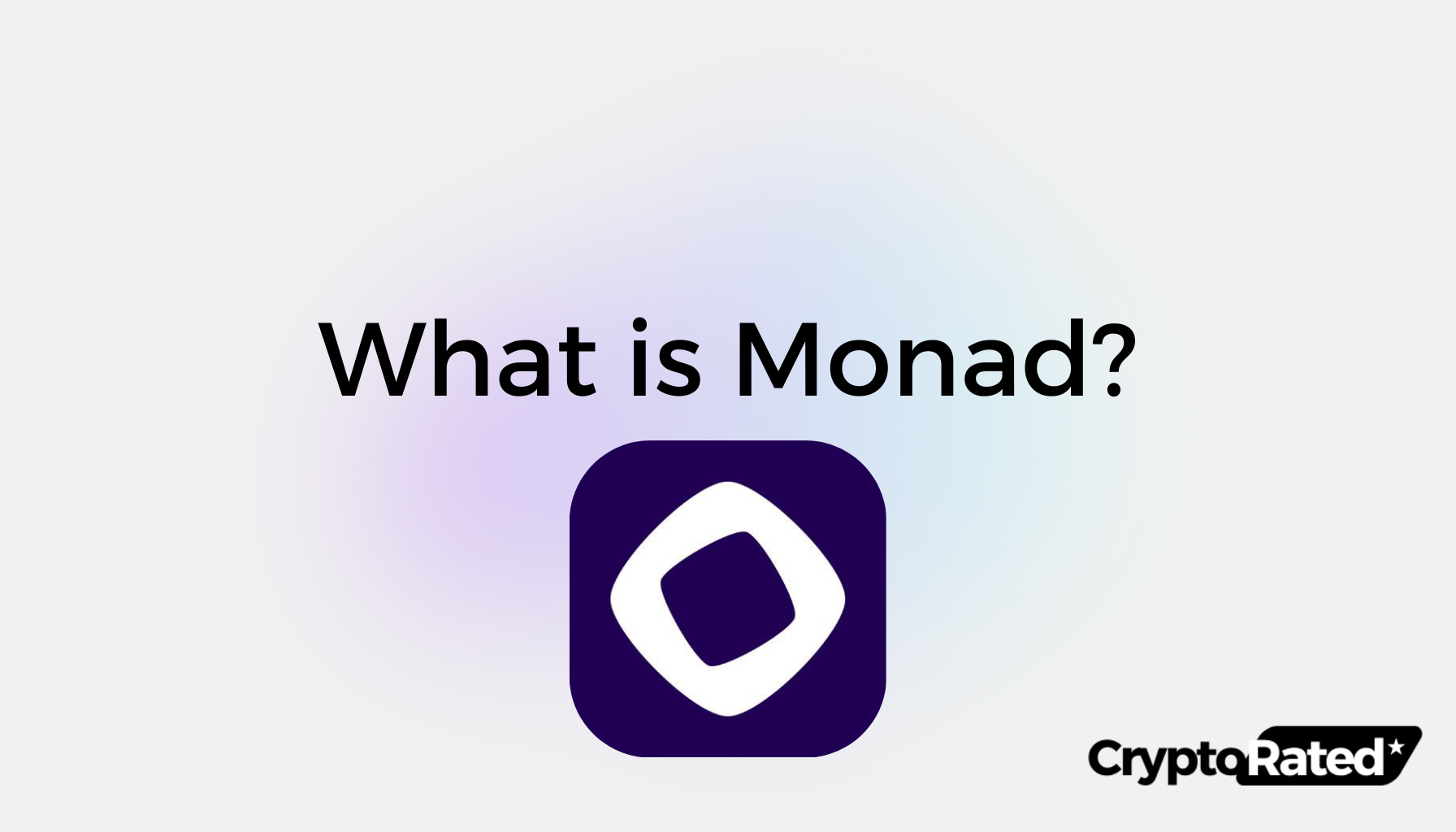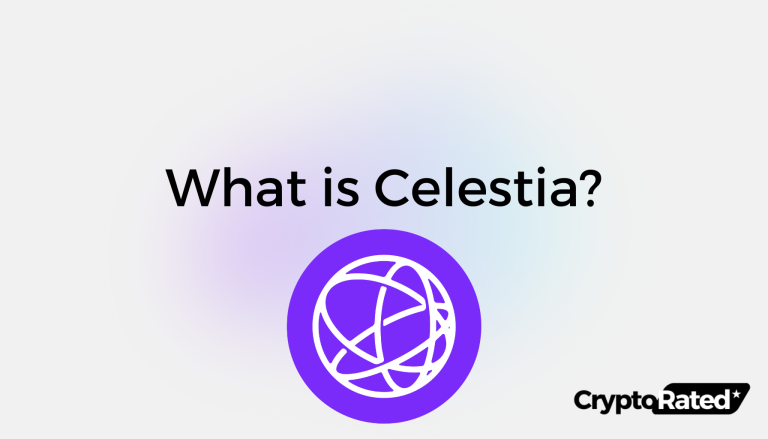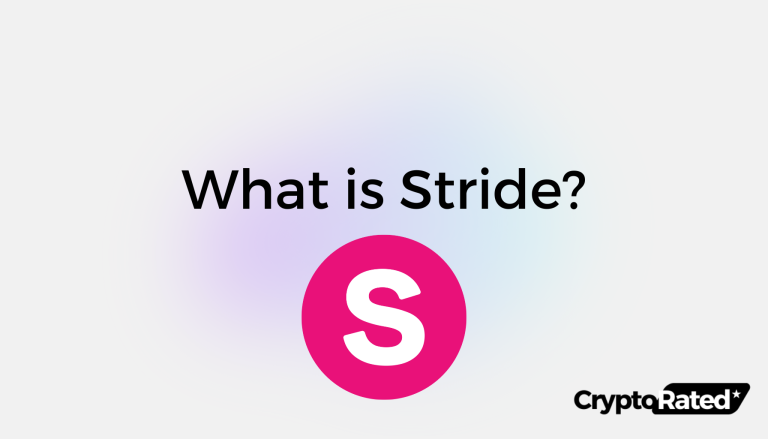
What Is Monad?
Monad is a decentralized, Layer 1 smart contract platform designed to address the scalability limitations of existing blockchains. It utilizes a novel pipelined execution architecture, enabling it to handle up to 10,000 transactions per second while maintaining instant finality. This exceptional performance is complemented by Ethereum compatibility, allowing developers to seamlessly port existing DApps to the Monad ecosystem. The project is still in development and the native token is yet to be launched.
Key Takeaways
- Monad is set to enhance blockchain scalability with impressive transaction speed and EVM compatibility.
- The platform has garnered significant investment, evidencing robust market confidence.
- Planned launches of a testnet and mainnet indicate Monad’s upcoming influence on blockchain technology.
What Is The History of Monad?
The Monad network is a relatively new blockchain project, having been officially launched in early 2023. However, the roots of the project can be traced back to 2019, when a group of developers began exploring the concept of a scalable and performant Layer 1 blockchain.
In 2020, the Monad team1 released a white paper outlining their vision for the project. The white paper introduced the idea of a pipelined execution architecture, which would enable Monad to handle significantly more transactions per second than existing blockchains2.
Monad’s test net is expected to launch in 2023; the mainnet is expected to process over 10,000 transactions per second, demonstrating the project’s ability to scale to meet the demands of the growing blockchain ecosystem3.
The Monad project is still in its early stages of development, but it has already made significant progress in addressing the scalability limitations of existing blockchains. With its pipelined execution architecture and Ethereum compatibility, Monad has the potential to become a major player in the blockchain space.
The Monad team continues to work on improving the project’s performance and features, and they are committed to making Monad a leading blockchain platform for building scalable and secure decentralized applications.

How Does Monad Work?
Monad is a Layer 1 blockchain platform that utilizes a novel pipelined execution architecture to achieve exceptional scalability and performance. Here’s a breakdown of its key components and how they work together:
Transaction Processing:
- Off-chain Batching: Transactions are initially processed off-chain, reducing the computational burden on the mainnet4.
- Pipelined Execution: Transactions are processed in parallel through a series of execution pipelines, significantly increasing throughput.
- Minimalistic State Updates: Only the minimal state changes necessary for each transaction are applied, reducing the overall state size and improving performance.
Consensus Mechanism:
- Raft Protocol: Monad employs the Raft consensus protocol, a proven and efficient mechanism for achieving network consensus.
- Fast Finality: Due to its pipelined execution and efficient state management, Monad can achieve near-instantaneous finality, ensuring transactions are irreversible within milliseconds.
Ethereum Compatibility:
- EVM Compatibility: Monad supports the Ethereum Virtual Machine (EVM), allowing developers to seamlessly port existing Ethereum-based DApps to the Monad ecosystem.
- Cross-chain Interoperability: Monad bridges with Ethereum and other blockchains, enabling seamless data exchange and asset transfers across different networks.
Table Summarizing Monad’s Key Features:
| Feature | Description |
|---|---|
| Throughput | Up to 10,000 transactions per second (TPS) |
| Finality | Near-instantaneous finality |
| Consensus Mechanism | Raft protocol |
| Ethereum Compatibility | EVM compatibility and cross-chain interoperability |
How Do Parallel Executions on Monad Function?
Parallel execution in blockchain technology refers to the process of handling multiple transactions at the same time. This concurrency not only increases the volume of transactions that can be processed within a given period but also streamlines transaction finality. The following key points form the crux of how this paradigm operates:
- Concurrency Control: Utilization of Optimistic Concurrency Control (OCC) and Software Transactional Memory (STM) ensures transactions remain accurate and maintain their integrity during simultaneous processing.
- Pipelined Consensus: The MonadBFT mechanism stratifies the order and execution of transactions, allowing for almost instantaneous transaction finality within a block5.
- Scalability: By executing transactions in a parallel fashion, transaction throughput can reach up to 10,000 transactions per second, substantially surpassing traditional sequential methods.
- Compatibility: Maintaining compatibility with the Ethereum Virtual Machine (EVM) allows for a smoother integration within the existing Ethereum network6.
What Do We Know About The Monad Cryptocurrency?
The Monad token has not yet been launched. The Monad team is currently in the process of preparing for the token launch and will announce the official launch date and details in due course.
In the meantime, here is a brief outline of what the Monad token might be used for:
- Staking and Governance: Monad token holders can stake their tokens to participate in the network’s consensus mechanism and earn rewards. They also have voting rights in governance proposals, allowing them to shape the future of the Monad platform.
- Fee Payment: Monad tokens will be used to pay transaction fees on the network. This ensures a decentralized and permissionless way to compensate network participants for processing transactions.
- DeFi Integrations: Monad tokens are expected to be integrated into various DeFi applications, enabling users to earn interest, participate in yield farming, and access other financial services.
- Cross-chain Interoperability: Monad tokens could be bridged to other blockchains, facilitating asset transfers and interaction with applications on different networks.
The specific use cases for the Monad token will depend on the final design of the tokenomics and the growth of the Monad ecosystem. However, the potential use cases outlined above suggest that the Monad token has the potential to be a valuable asset for users and developers alike.
Final Thoughts on Monad
Monad is a Layer 1 blockchain platform with a novel pipelined execution architecture that aims to address the scalability limitations of existing blockchains. The Monad team has raised $19 million7 in funding, demonstrating significant investor interest in the project’s potential. With its focus on scalability, Ethereum compatibility, and efficient consensus mechanism, Monad has the potential to grow into an impressive layer-1 blockchain for deploying DeFi protocols, NFT marketplaces, and crypto-wallets.
Frequently Asked Questions
What is Monad?
Monad is a Layer 1 blockchain platform designed to address the scalability limitations of existing blockchains. It utilizes a novel pipelined execution architecture to achieve exceptional throughput and performance while maintaining near-instantaneous finality. Monad is also Ethereum-compatible, allowing developers to seamlessly port existing DApps to the Monad ecosystem.
What are the key features of Monad?
Scalability: Monad can handle up to 10,000 transactions per second (TPS), making it significantly more scalable than many existing blockchains.
Performance: Monad achieves near-instantaneous finality, ensuring transactions are irreversible within milliseconds.
Ethereum Compatibility: Monad supports the Ethereum Virtual Machine (EVM), allowing developers to port existing Ethereum-based DApps without significant changes.
What is the future of Monad?
Monad is a promising new blockchain platform with the potential to address the scalability limitations of existing blockchains and cater to the growing demand for scalable and interoperable blockchain solutions.
The project has already raised $19 million in funding and has a strong team of experienced developers. As Monad continues to develop and grow, it is expected to play an increasingly prominent role in shaping the future of decentralized applications and the broader blockchain landscape.
WRITTEN
Peter Barker
Peter is an experienced crypto content writer and a DeFi enthusiast with more than 3+ years of experience in the space. Previously a journalist and news editor at a leading European news sourcing agency.




